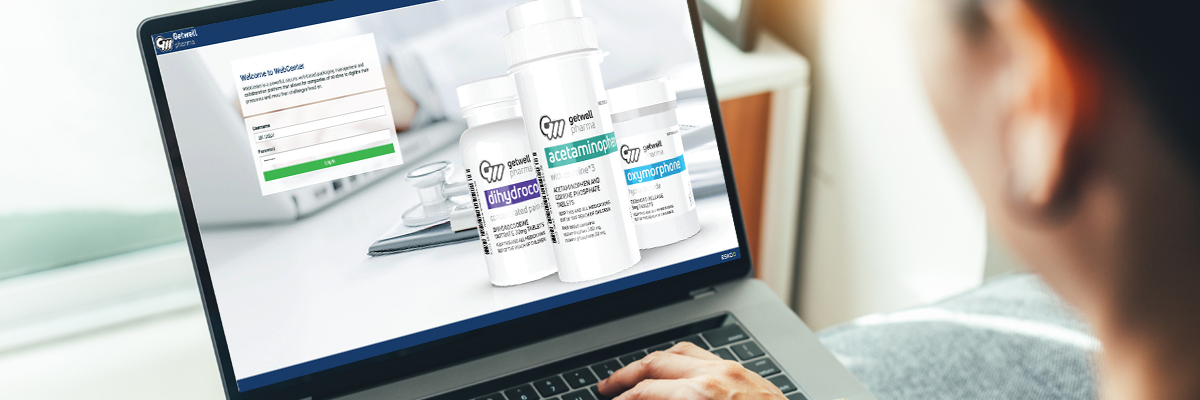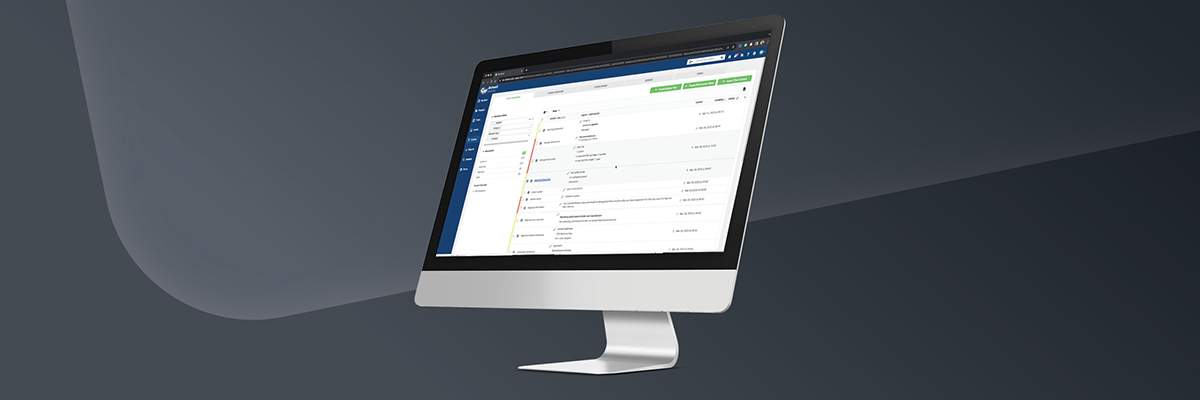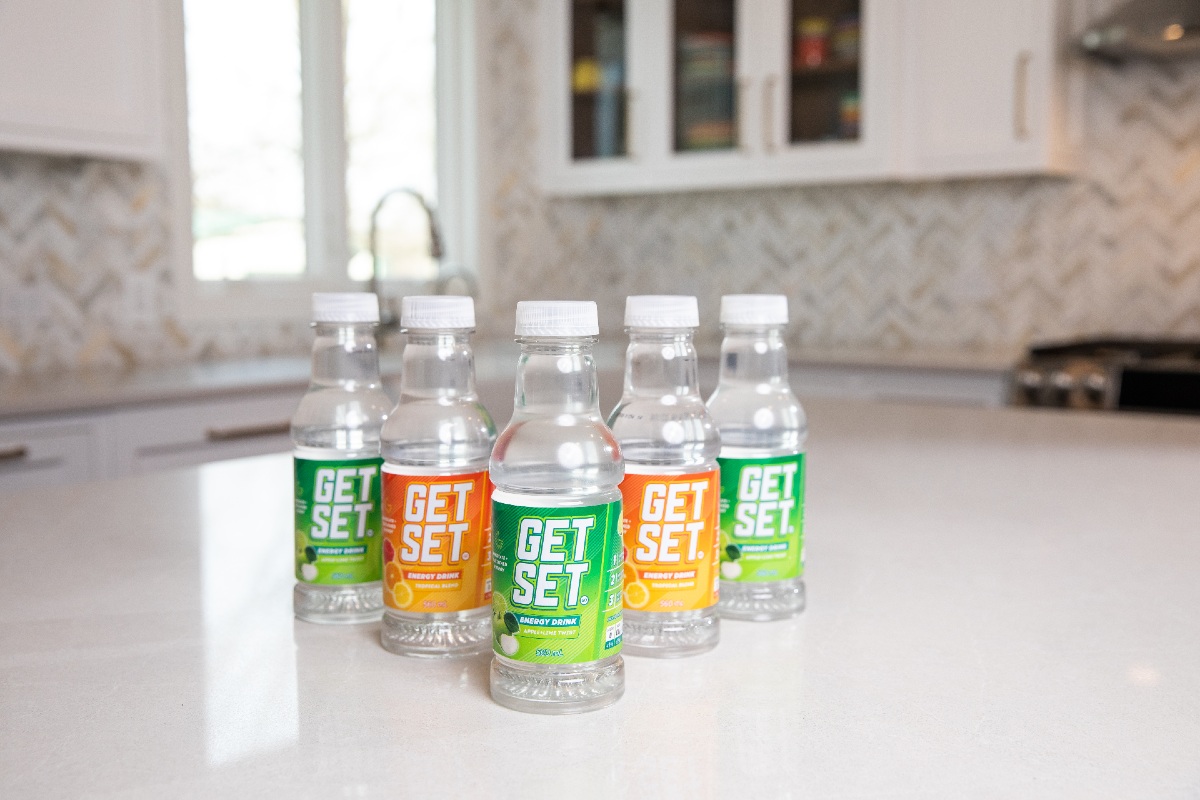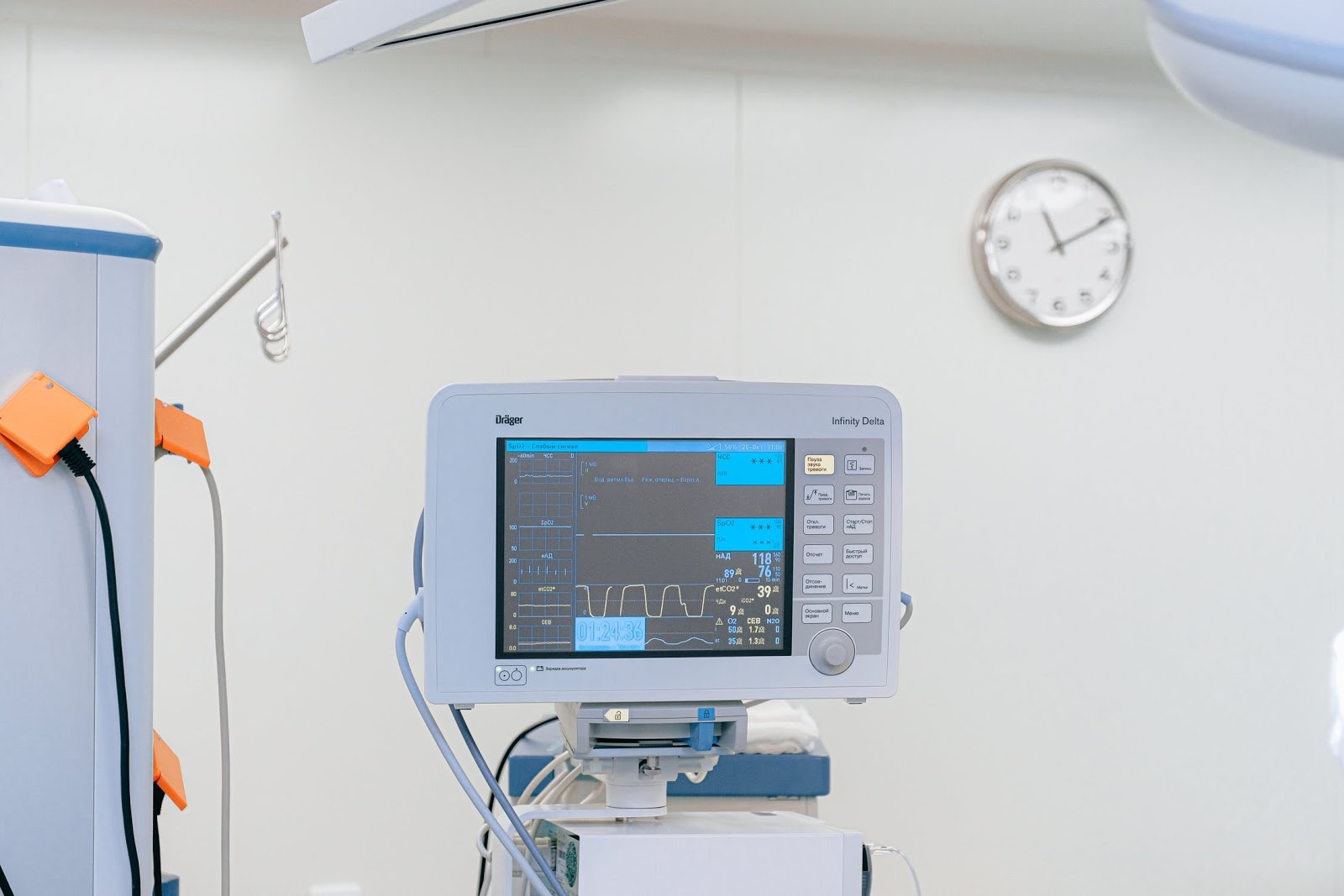The beverage industry is highly regulated. Changes in regulations impact the industry in a variety of ways. Regulations are often updated to provide more transparency to consumers and assure health and safety standards are continually met. Additionally, changes in government administrations creates an opportunity to review and alter current beverage policies. For example, new leadership in the U.S. could impact alcohol import duties or tariffs imposed on other countries (IWSR). Beverage brands must familiarize themselves with a plethora of governmental regulations and ensure they’re meeting global compliance standards, from beverage ingredients to how they’re listed on the label.
The Impact on Labels and Artwork
There are various regulations that brands must follow pertaining to the labelling, presentation, description, and artwork for beverage packaging. The regulations are very comprehensive in regard to the specificity labels must contain. For example, it must be clear via the label that a spirit drink has no more than the max amount of sugar content allowed by the Food Information to Consumers (FIC) regulation (Council of the European Union).
Governments worldwide have a significant interest in protecting the health and safety of their citizens. Brussels, for example, is considering adding mandatory health advisories for alcoholic drinks before 2024. The proposed plan includes mandating alcoholic beverage labels contain, among other things, all ingredients and nutritional values (Politico).
Not to be outdone by the surge in e-commerce sales occasioned by the global pandemic, the alcoholic beverage industry saw more than a doubling of its online sales. IWSR data reports that 44% of the online alcohol purchasers didn’t start buying alcohol online until 2020. In 2019, it was only 19%.
However, not every country permits the sale of alcoholic beverages online, imposing on beverage brands the need to know the policies of the countries they’re selling their products in. While this seems to be an insurmountable task, don’t worry, we’ll tell you how to keep your fingers on the global pulse while producing accurate, up-to-date, and efficient labels and artwork.
The Benefits of Employing an Artwork Management Tool
Brands can maximize the likelihood of accurate production files by using an artwork management workflow tool. This allows brands to increase the speed of label and artwork approvals, so all files are accurate and ready for distribution. The tool helps remove bottlenecks by allowing all project information to be housed in one location, ensuring everyone has access to what they need, when they need it, in the most current form. This minimizes the likelihood of hand-off errors, avoids costly production mistakes, and assists in getting to market faster.
WebCenter from Esko | Brand Solutions is a powerful and user-friendly web-based platform that focuses on all aspects of packaging and labelling artwork: shape, brand colors, and content. It manages packaging artwork specifications, approvals, and project life cycle. WebCenter integrates with interactive artwork inspection tools to drive quality control in an end-to-end platform.
Highly regulated industries, such as the beverage industry, must comply with a myriad of changing regulations, rules, and requirements. Successful brands are those that can integrate these changes and update their labelling and packaging accurately and easily in a variable environment.










